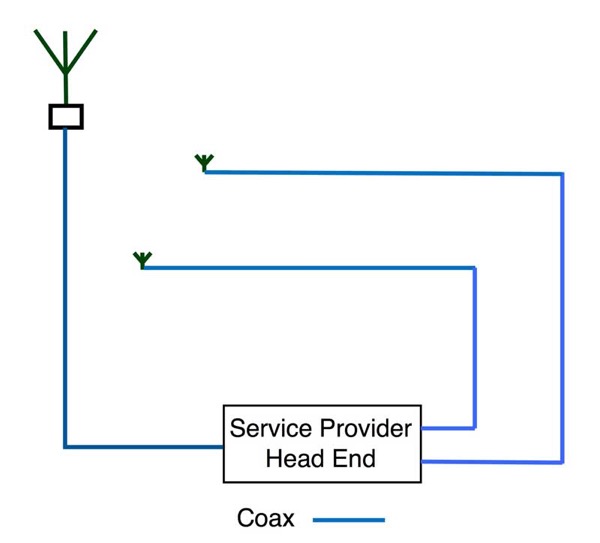Not known Factual Statements About Distributed Antenna Systems - Diefenderfer


Fiber DAS (Distributed Antenna Systems) & Small Cell Systems

Distributed Antenna System: Market to Expand at a CAGR of 10.7% by 2027
Unknown Facts About RoF-based indoor distributed antenna system that can
Hybrid Dispersed Antenna System Pros, Due to the fact that hybrid distributed antenna systems need fewer (costly) RRUs, they tend to be more affordable than active DAS though more costly than passive ones. Hybrid DAS likewise aren't limited by lengths of cable television runs, at least for the digital part of the backbone. Hybrid Distributed Antenna System Cons, As above, hybrid dispersed antenna systems are still more costly than passive ones.
Digital distributed antenna systems are relatively brand-new under the Common Public Radio User Interface (CPRI) spec. They utilize a Base Band Unit (BBU) to connect directly to a master unit without analog-to-digital conversions. In theory, digital DAS needs to be simpler and less expensive to release. But as an emerging technology, digital DAS have contending requirements and have actually enjoyed little release up until now.
Some Ideas on Distributed Antenna System Market to 2027 - PR Newswire You Need To Know
This can aid with large buildings with high-occupancy. This can likewise assist with high-altitude buildings that normally suffer atmospheric interference, or structures that are very far from cell towers. For instance, healthcare facilities take advantage of distributed antenna systems that take strong cellular cordless signals and uniformly disperse them through difficult to cover areas and high density of users.

Nevertheless, there are options to distributed antenna systems, like little cells. So how do DAS compare to little cells? Advantages of dispersed antenna systems over small cells, Little cells usually just support a couple bands from a couple providers at a time, whereas dispersed antenna systems can handle lots of more bands for more carriers.
What Does In-Building Cellular Distributed Antenna Systems (DAS) Mean?
DAS just requires a single backhaul connection and is developed to support more users, whereas small cells deal with their own and normally can support just a couple of dozen gadgets. In This Article Is More In-Depth can be difficult to supply backhaul connections to each little cell, where with a distributed antenna system there is only one point of connection to maintain.

Distributed Antenna Systems - JMA Wireless
Requiring cable televisions for every single radio head can require great deals of cables, which makes complex cable television routing, management, and optimization. Where little cells can be updated over the air, distributed antenna systems require on-site professionals to change base stations or modify radio heads, making DAS much more difficult to upgrade. Overall, little cells typically have a credibility for being cost effective for smaller areas while distributed antenna systems offer increased capability for bigger locations and greater occupancies.
